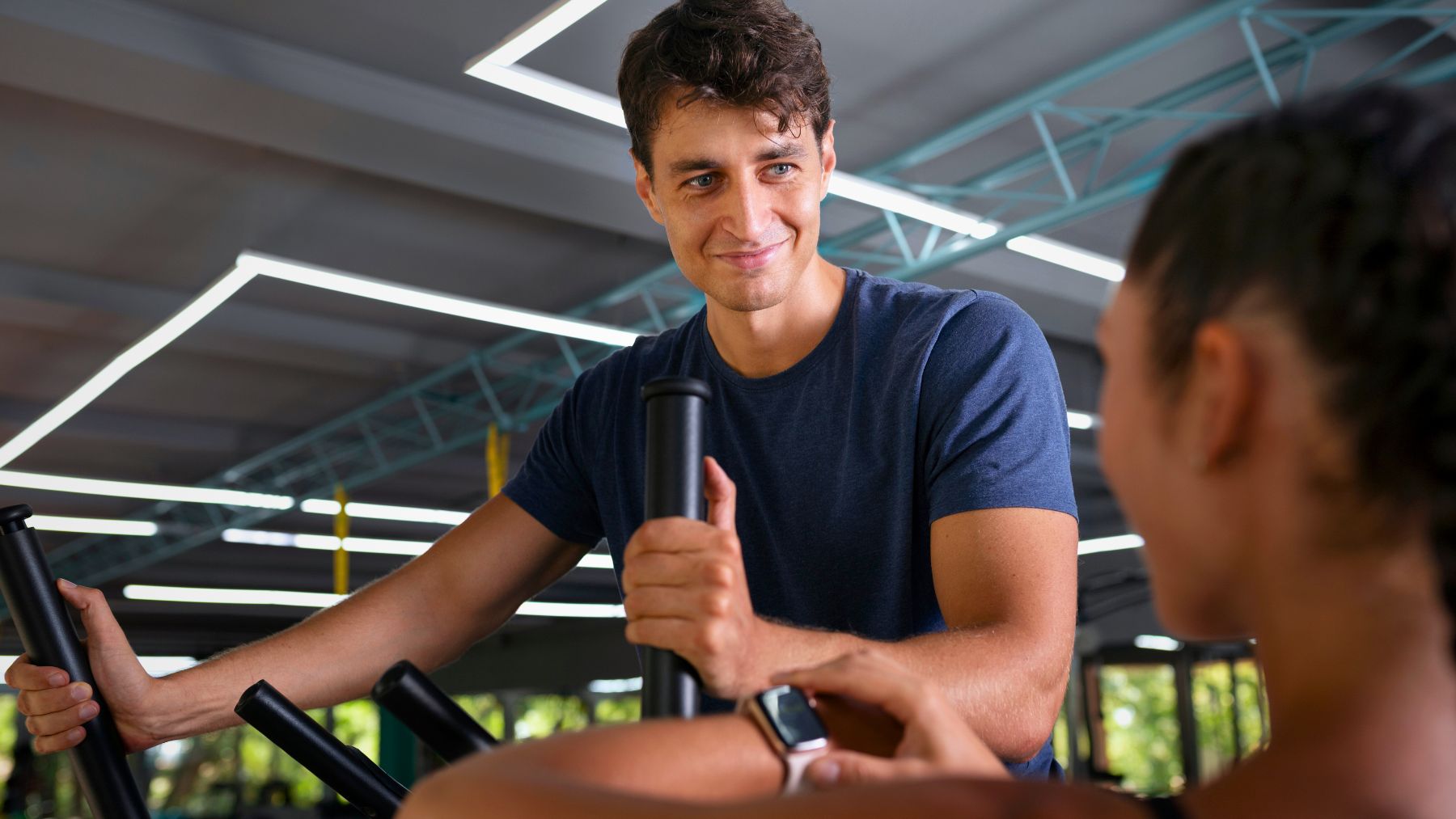Running can help you stay fit, but it’s not always the most effective—or sustainable—way to lose weight after 45. Joint strain, slower recovery, and shifting energy levels can make traditional cardio less appealing as you age. If you’re looking to drop weight, protect your body, and feel stronger, there’s a better option.
It’s a specific form of walking. This simple, low-impact routine pushes your heart rate just enough to burn fat while giving your muscles the boost they need. Here, we’ll break down how this walking method works and what other exercises can help you support weight loss. Let’s get started.
A walking method to burn fat after 45
It’s not just walking. The key to this exercise is maintaining a steady pace—around 134 beats per minute—and combining it with short sets of bodyweight movements like squats. This keeps your heart rate in the fat-burning zone without putting extra pressure on your joints.
You can monitor your pace with a fitness tracker, or keep it simple: walk briskly for two minutes, then stop and do one minute of squats. Repeat this patter for at least 30 minutes. The result is a mix of cardio and strength that builds endurance, tones muscles, and boosts metabolism.
This routine also fits easily into a daily routine. You don’t need a gym, a trainer, or fancy gear; you can do it in a park, on a treadmill, or around your neighborhood. It’s ideal for people over 45 because it’s effective without being extreme, and you can adjust the intensity as needed.
Other exercises you can implement for weight loss
If you’re looking to add variety to your routine or need alternatives on non-walking days, here are some options to lose weight and preserve muscle:
- Strength training: Muscle mass starts to decline around 40, which slows your metabolism. Strength exercises help rebuild that muscle, making it easier to burn calories. Focus on basic moves like squats, lunges, rows, and presses using weights or resistance bands.
- HIIT (high-intensity interval training): Short bursts of effort followed by recovery periods can help you burn more calories in less time. This works especially well if you’re short on time or want to boost your endurance without long sessions.
- Sprints: Running sprints—5 to 10 intervals of 60 seconds at full effort, with 90 seconds of rest—can improve leg strength and cardiovascular health. They’re intense, so only include them a couple of times per week.
- Cycling or spinning: These low-impact options protect your joints while giving your heart and legs a solid workout. Whether you’re on a road bike, a spin bike, or just riding around your neighborhood, it’s an efficient way to stay active.
Adding these exercises to your weekly plan can help you stay consistent and avoid plateaus. The goal isn’t to train harder, but smarter. At 45 and beyond, that means balancing intensity with recovery and choosing movements that support long-term health.
If running works for you, keep it in your mix and give sprints a try. But if you want an easier-on-the-body alternative that still gets results, start with this walking routine and build from there.

